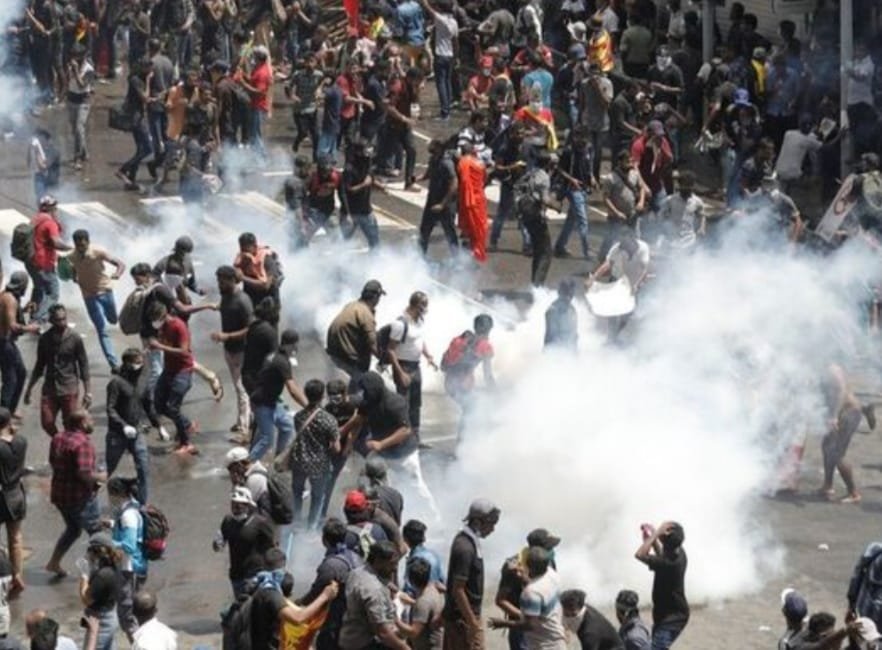
Government Backers Attack Peaceful protesters
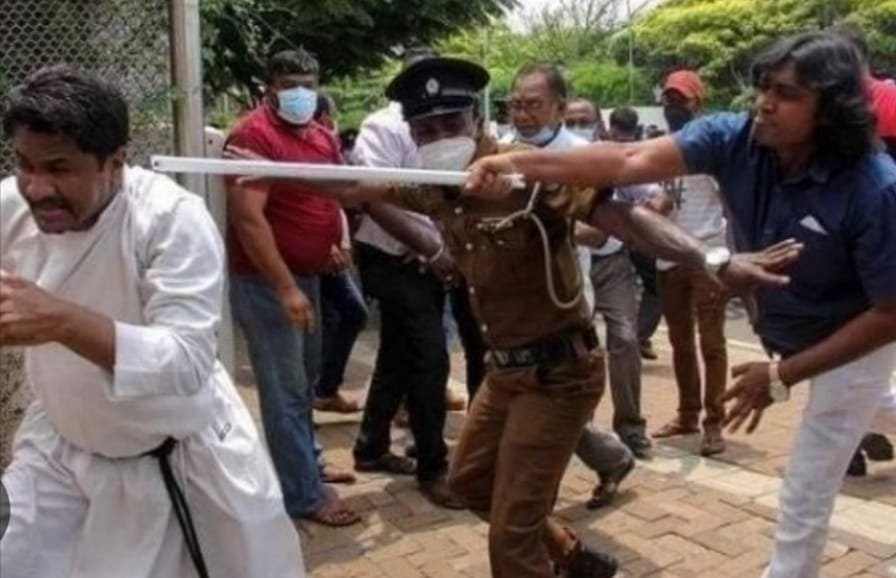

- “HoruGoGama” ,( Go Home Thieves Village) was established by protesters initially leading by
University Student around the Sri Lankan Parliament building on 5 May. - The protesters demand the resignation of the entire parliament and return stolen money.
- The police used water cannons to destroy tents and a food distribution stall and attempted
to stop people from joining the protests by barricading the area. - On 6 May , The President of Sri Lanka declared a second state of emergence.
- UNICEF expressed concern with reports of violence in protests .
- Canadian High commissioner to Sri Lanka surprised at the decision, claiming that “Sri
Lankans have a right to peaceful protest under a democracy “ , and that it was “hard to
understand why it is necessary then, to declare a state of emergence “ - US ambassador to Sri Lanka claimed that the second state of emergence would not help
instead urged the government to listen to the public and seek long – term solutions - European Union warned that a state of emergence “could have a counterproductive effect”
on the protests, which EU saw as peaceful.
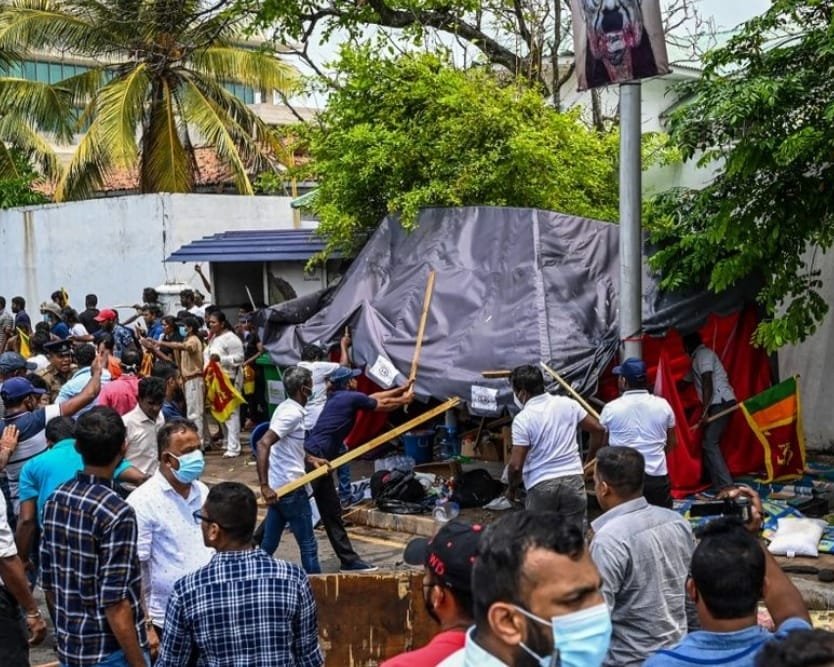
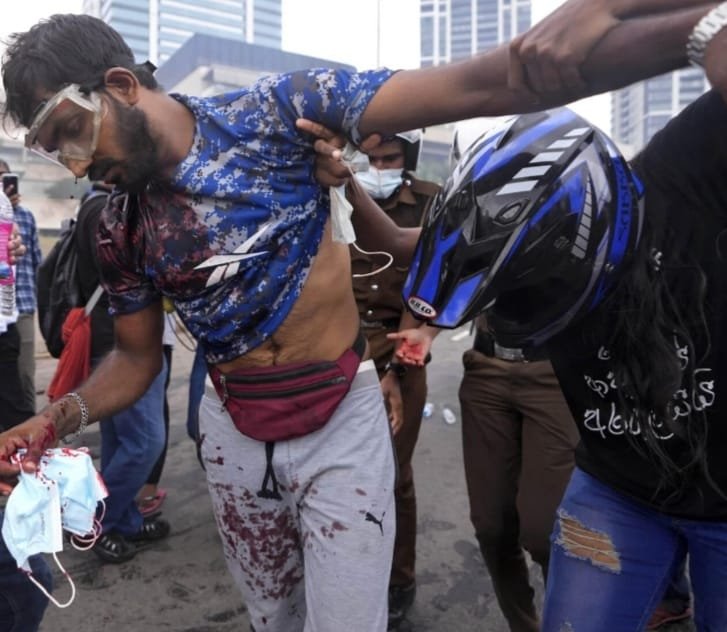

Black Monday
On 9 May, Clashes broke out in Sri Lanka after government supporters attacked peaceful anti- government protest sites in Colombo and everywhere. Several hundred people identifying themselves as supporters of the government, arrived in Colombo and staged a protest urging Prime Minister of Sri Lanka not to resign, prime minister addressed the crowd then.
Supporters of the government soon after attacked the Mynagogama one of protests site in front of Temple Trees, assaulting anti- government protesters before advancing on to the larger protest site, Gotagogama at Galle Face Greene, where protesters calling for the resignation of the government have been peacefully camped for several weeks. Witness accounts and video footage show government supporters attacking the protesters with clubs and other weapons and setting fire to tents.
*Hours letters, Prime Minister of Sri Lanka tendered his resignation to the President. He was heavily criticised by citizens and the public for instigating violence against protesters. Over 150 people have been reported injured and at least five dead in different incidents, including the attack on Galle Face Greene, and government has imposed a nationwide curfew. The Human Rights Commission of Sri Lanka and foreign diplomats condemned the attack on protesters and called for an impartial investigation. South Asia direct at Human Rights Watch expressed “The attack on peaceful protesters by Sri Lankan government supporters has sparked a dangerous escalation, increasing the risk of further deadly violence and other abuses”.
Following the attack on the protesters’ camp at the Galle Face Greene, there were numerous violent incidents in Colombo and elsewhere in the county, including clashes between government supporters and anti- government protesters, and attacks on the property of ruling party politicians. In Nittambuwa , a government member in Parliament , opened fire on protesters blocking his car, wounding one and killing another, then fatally shot himself, Police said.
On 10 May, Another pro-government mob attempted to instigate against Muslims in an effort to create a racial tensions between them and the Sinhalese.
• Locals claimed that supporters of government were trying to create conflicts .
• On 11 May, the government deployed the military with shoot-on-sight orders to bring the violence under control.
• The Military was given the power to detain people without a warrant
• On 13 May , No Deal Gama was established against the new appointed prime minister of Sri Lanka , as making deals with ruling party .
The May 2022, Protest had a profound impact on Sri Lankan society and the political landscape. The sheer scale of the demonstration sent a strong message to the government, highlighting the depth of public frustration and demanding immediate action. The protest gathered international attention, putting pressure on the Sri Lankan authorities to address the consequences raised by the demonstrators.
The protest “Aragalaya “ serves as a powerful expression of public discontent and the desire for change in the county. It showcases the Sri Lankan people’s determination to hold their government accountable, demand reforms, for a better future.
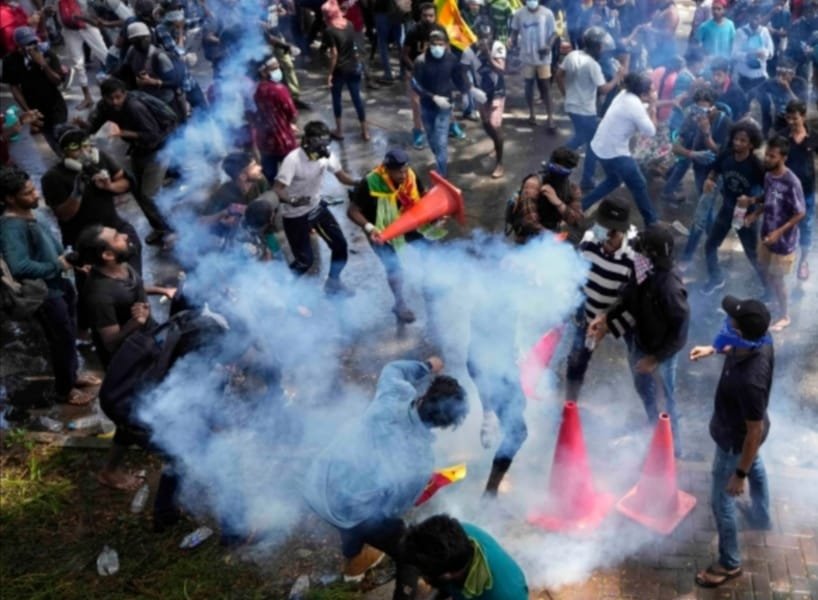


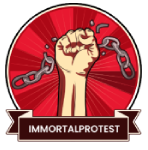




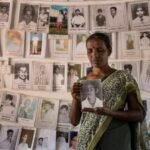

Recent Comments